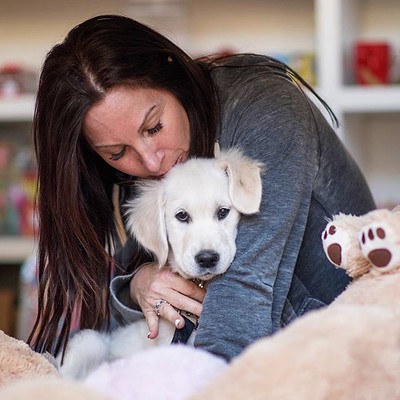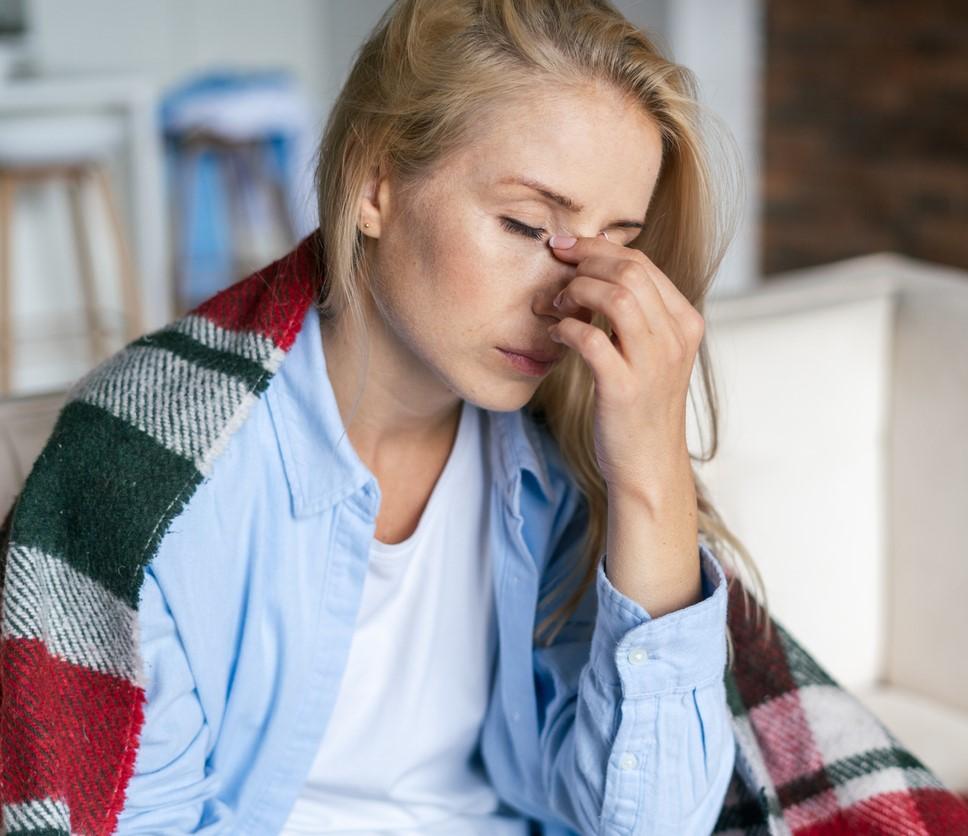The Food and Drug Administration (FDA) on March 22 granted emergency use authorization (EUA) for Invivyd's monoclonal antibody to prevent COVID-19 in immunocompromised patients, which fills a gap following the withdrawal of Evusheld in January 2023.

The monoclonal antibody, called pemivibart (Pemgarda), is authorized for pre-exposure prophylaxis in adolescents and adults with moderate-to-severe immunocompromise, such as solid-organ transplant recipients and those with blood cancers. The drug is given as a 4,500-milligram intravenous infusion. The company had submitted its EUA request in early January.
The FDA based its EUA on clinical trials that suggested pemivibart had neutralizing activity against SARS-CoV-2 variants, including JN.1, which is currently dominant in the United States and abroad.
In its announcement, the company, based in Massachusetts, also said pemivibart is its first pre-exposure monoclonal antibody to receive an EUA based on a novel, rapid, and repeatable immunobridging trial design, which it said will help address ongoing viral evolution.
Drug will be available for ordering soon
Dave Hering, Invivyd's chief executive officer, said in the statement that the company expects to have the product available for ordering "imminently" and that an initial supply has already been packaged and is awaiting release at a US-based third-party logistics provider.
He also added that the company has plans to explore pemivibart as a treatment for symptomatic COVID infection.
















